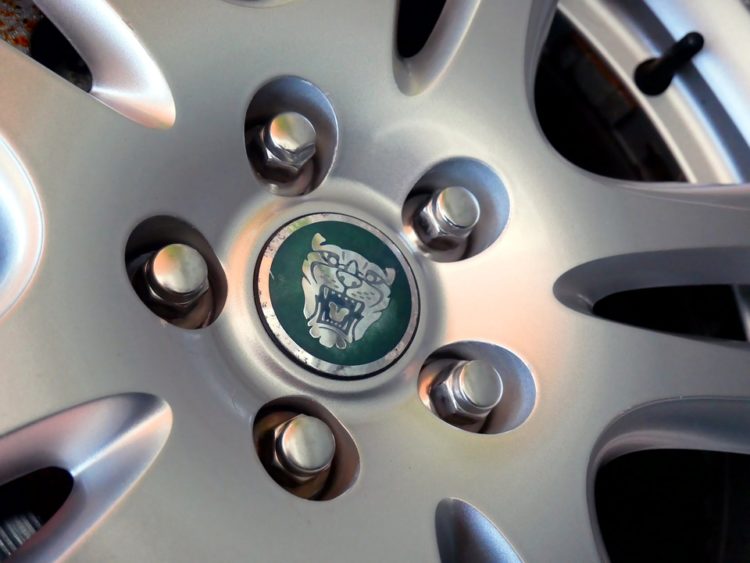Having the perfect rims/alloys on your car tends to make the car more attractive and is bound to attract unnecessary attention. While the attention may make you proud of your car, it could also attract thieves and as such, put you in danger. This is where wheel locks and locking wheel nuts come in handy. They are usually installed to prevent wheel theft. However, you may have to remove the locks yourself in case you need to change then and you’ve lost your key. The process can be hectic unless you get a locking wheel nut removal tool. Knowing how to use such tools is also important and you can use the following steps as guides.
Removing the locking wheel without a key
Although there are several options for removing a locking wheel nut, using a removal tool is the best option. Since there are many types of removal tool, the first step is choosing the best one that will function effectively. Standard wheel nuts usually have two main types that you can choose from. They are easy to use and usually don’t require special training or skills to be used. Lock whatever tool you decide to work with into a ratchet and start undoing the nut bolt. The tool can latch on to the nut which in turn makes removal easier. This will only happen if the removal tool is the right size. It should fit the nut completely and shouldn’t be loose on anyway.
Alternatively, you can also use a universal removal tool. It’s important to note that this removal tool will likely damage your nuts. You should, therefore, use a universal tool if you’re sure you won’t need to use the locking wheel nut again. Start by putting the car in parking mode to ensure that it doesn’t roll while you’re in the process of removing the wheel lock. It’s also advisable to test the tools before settling on one. Put the tools over the wheel lock you intend to remove to see if they fit perfectly. Pick the tool that fits snuggly. It should be the one with the “teeth biting” into the nuts.
The universal removal tools also need a mallet to function effectively. Once you’ve located the one that fits perfectly, you have to hit it with a mallet to make it stick to the wheel lock. This will make the teeth of the tool stick to the wheel lock and that will ensure that you get the job done faster. When you’re sure that they have stuck together, you can start removing the wheel lock by turning the removal tool in an anti-clockwise motion. Since they will be stuck together, the process will be easier because you won’t have to deal with them separating and you having to put them back together again.
After loosening them up a little bit, you can remove the lock from the tool. This can be easily done by your hands but you should expect the lock to still be stuck on the tool. This means you’ll have to separate them manually using a screwdriver or a punch. Place the screwdriver or punch in the hole that the wheel lock removal tool has against the wheel lock then hit is with the mallet. You may have to hit it repeatedly before it comes off. You could also use a lug nut to separate the two.
Repeat the same process on the other wheel locks until you’ve completed everything. In case you manage to salvage some of the wheel locks, you should place them in a safe place that you’ll easily remember when you want to use them again. The universal removal tools tend to be more expensive than the standard ones. They work by boring into the center of the but or bolt. They tend to be more suitable for specific care types such as Peugeot which are found in most garages and towing service centers. Since they are more expensive, you should take care of the one you buy. You could also borrow one from your nearby mechanic. Most of them tend to allow car owners to use them for free.
Conclusion
While the locking wheel nut removal tools are effective, you should always try to keep your key safe. It is the best way to prevent any inconvenience associated with trying to remove the wheel locks manually.
